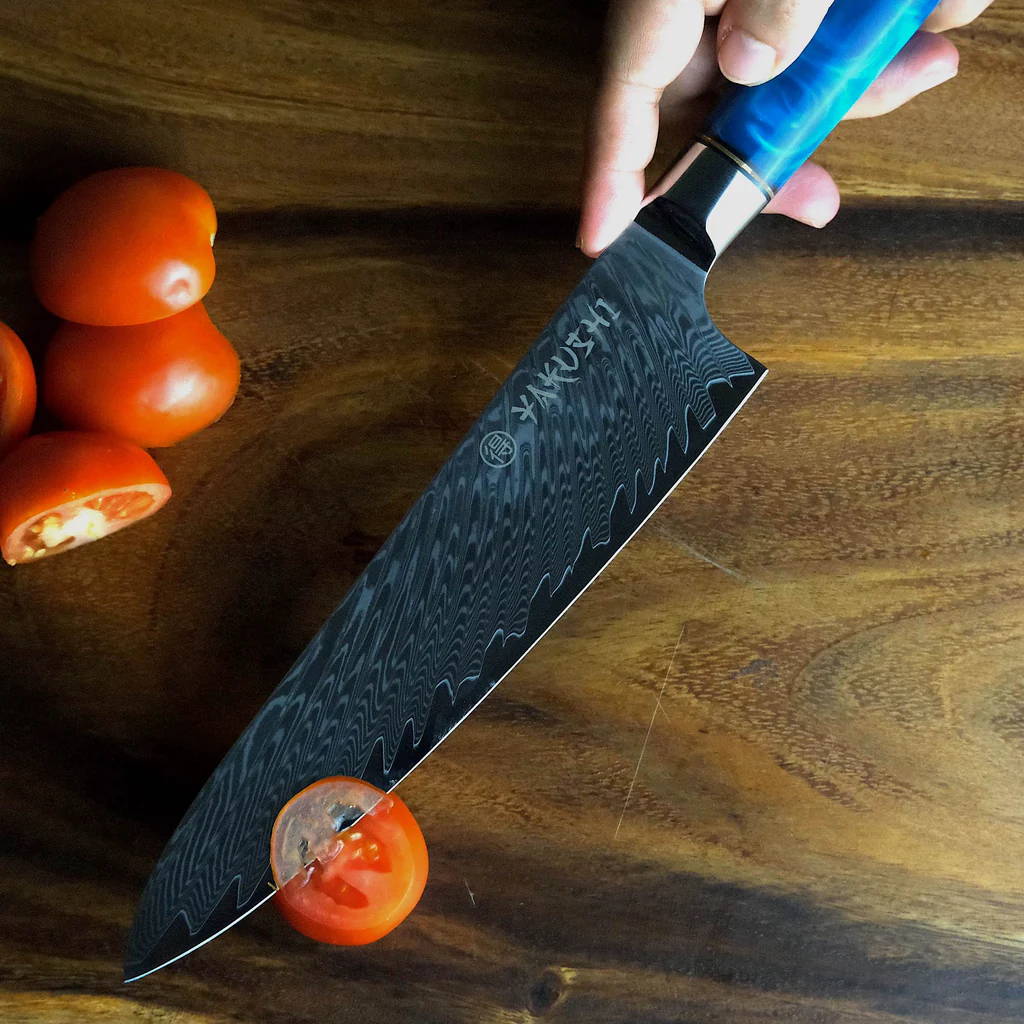There's a common belief that the more layers a
Damascus chef knife has, the better its quality. However, that's not necessarily the case. While the intricate patterns of Damascus steel knives catch the eye, what truly matters is the quality of the steel and the expertise of the craftsman behind it.
Interestingly, some knives with fewer layers can outperform those with a higher layer count. It all boils down to the craftsmanship and the blade's ability to maintain its edge over time.
Another misconception is that uniformity in the
Damascus Kiritsuke knife pattern signifies authenticity. Yet, genuine Damascus steel often exhibits variations and irregularities in its pattern due to the unique forging and folding techniques used during production. These idiosyncrasies not only enhance the individuality of each knife but also serve as evidence of its handcrafted origin.


Leave a comment
This site is protected by hCaptcha and the hCaptcha Privacy Policy and Terms of Service apply.